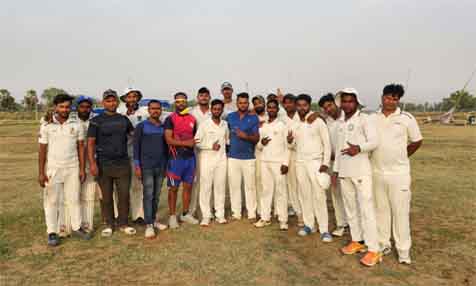Researchers Found That Using ORi with SpO2 to Help Guide Supplemental Oxygen Delivery Reduced Intraoperative Hyperoxemia
ORi, available outside the U.S. since 2014, is a noninvasive and continuous parameter intended to provide additional insight into a patient’s oxygen status under supplemental oxygen. Enabled by the multi-wavelength rainbow® Pulse CO-Oximetry platform, ORi is provided alongside SpO2 measured by clinically proven Masimo SET® pulse oximetry.
Noting that the use of supplemental oxygen during general surgery increases the risk of hyperoxemia, the researchers sought to evaluate whether noninvasive, continuous ORi might improve clinicians’ ability to detect hyperoxemia, since SpO2 monitoring alone cannot monitor beyond 100% saturation, and since arterial blood gas analysis has the disadvantages of being invasive and giving intermittent, delayed results. To test their hypothesis, the researchers randomly allocated 62 adult patients scheduled for elective laparoscopic gastrectomy into two groups, one whose fraction of inspired oxygen (FiO2) during anesthesia was guided by ORi and SpO2 monitoring (the ORi-SpO2 group, n=30), and a control group whose FiO2 was guided by SpO2 monitoring alone (the SpO2 group, n=32). Patients in both groups were monitored with Masimo Radical-7® Pulse CO-Oximeters® with rainbow® sensors. In addition to Masimo ORi and SET® SpO2, Masimo PVi® (pleth variability index) was monitored as part of goal-directed fluid management.
In the ORi-SpO2 group, FiO2 was adjusted to maintain ORi > 0 and < 0.3, which was evaluated every 2 to 3 minutes throughout surgery. In the SpO2 group, FiO2 was adjusted to maintain SpO2 ≥ 98%, similarly evaluated every 2 to 3 minutes. To assess the incidence of hyperoxemia, the clinicians recorded the arterial partial pressure of oxygen (PaO2), measured using an ABL-90 FLEX Plus blood gas analyzer, before surgical incision and one, two, and three hours after surgical incision. Hyperoxemia was defined as PaO2 ≥ 100 mmHg and severe hyperoxemia as PaO2 ≥ 200 mmHg.
The researchers found that one hour after surgical incision, PaO2 was higher in the SpO2 group (250.31 ± 57.39 mmHg) than in the ORi-SpO2 group (170.07 ± 49.39 mmHg) (p < .001), and remained consistently higher in the SpO2 group than in the ORi-SpO2 group over time (p = .045). The rate of severe hyperoxemia was higher in the SpO2 group (84.4%) than in the ORi-SpO2 group (16.7%) 1 hour after incision (p < .001).
The researchers concluded, “[I]ntraoperative hyperoxemia was reduced when FiO2 was adjusted based on the combination of SpO2 and ORi compared with SpO2 alone in patients undergoing laparoscopic gastrectomy.”
ORi has not yet received FDA clearance and is not available in the United States.
–Press release through Business Wire India






